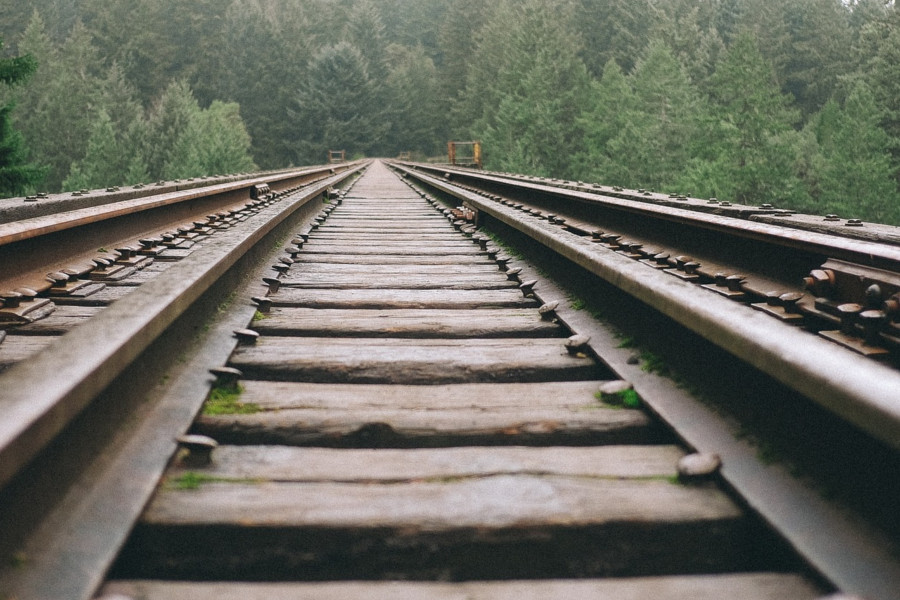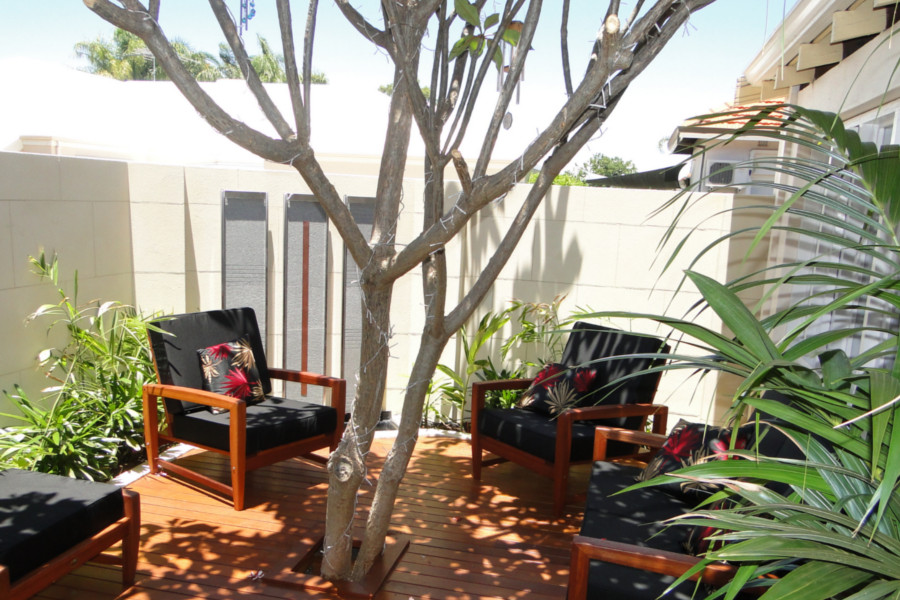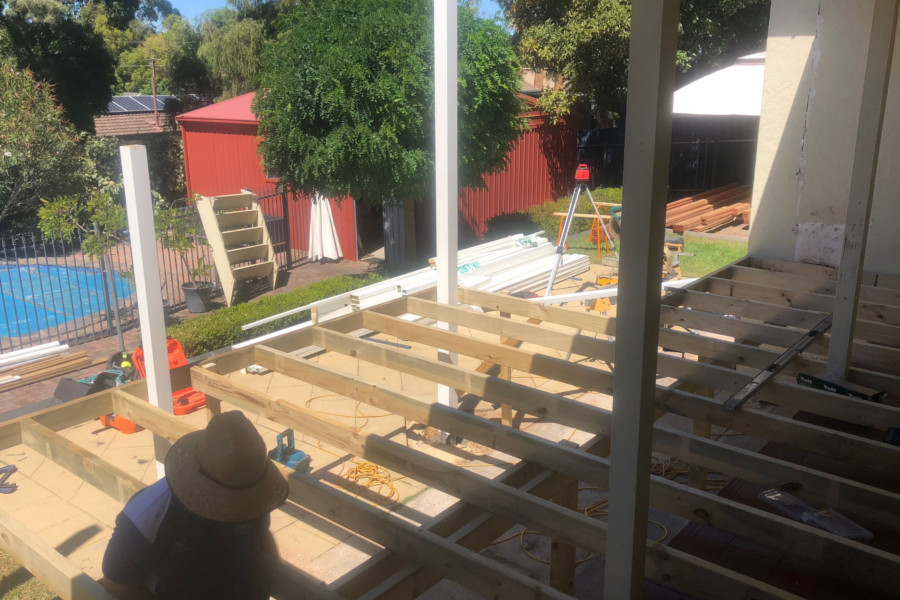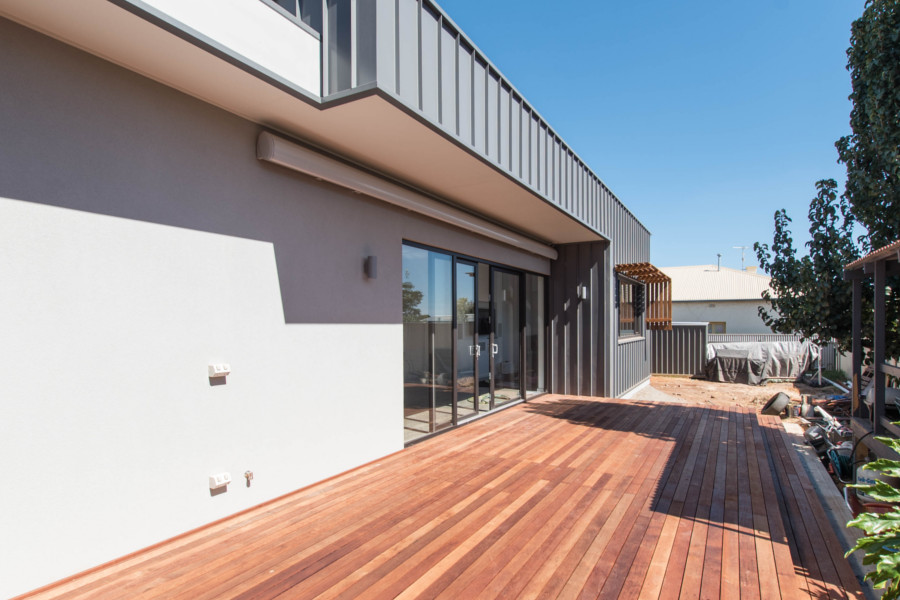
Sleepers are a familiar sight, especially on railroads. But you’ll also find them in gardens and yards.
Railway sleepers, or railway ties as they are sometimes called, are rectangular pieces of timber that support the railroad system. You’re probably most familiar with transverse sleepers — timber laid across the railway track. There are also longitudinal sleepers laid parallel to the tracks. Sleepers distribute the weight and ease up the pressure on the tracks. They also keep the tracks from shifting and help maintain the right spacing.
But this venerable icon of the transport industry leads a double life; you will also find them adorning backyards, gardens, porches, patios, fences, decks and pergolas. The humble and unpretentious railway sleeper is a chameleon! Not only is it vital to the health of the railway system, but it also happens to be an excellent material for building and adorning outdoor living extensions.
Sleepers can be used to build the following:
- Retaining walls
- Fences
- Steps and stairs
- Outdoor furniture
- Raised plant boxes
- Pathways
The list can go on, limited only by the builder’s imagination.
There are a couple of reasons why sleepers are popular among builders. These include:
- Durability – Remember, they were designed to bear a lot of weight!
- Uniform shapes and sizes – This makes them easier and faster for the builder to work with.
- Appearance – Sleepers project a certain character and appeal.
- Cost effectiveness
You can obtain two types of timber railway sleepers: new and used. Used sleepers are salvaged from decommissioned railways, while new ones, of course, have never been used for their original purpose.



